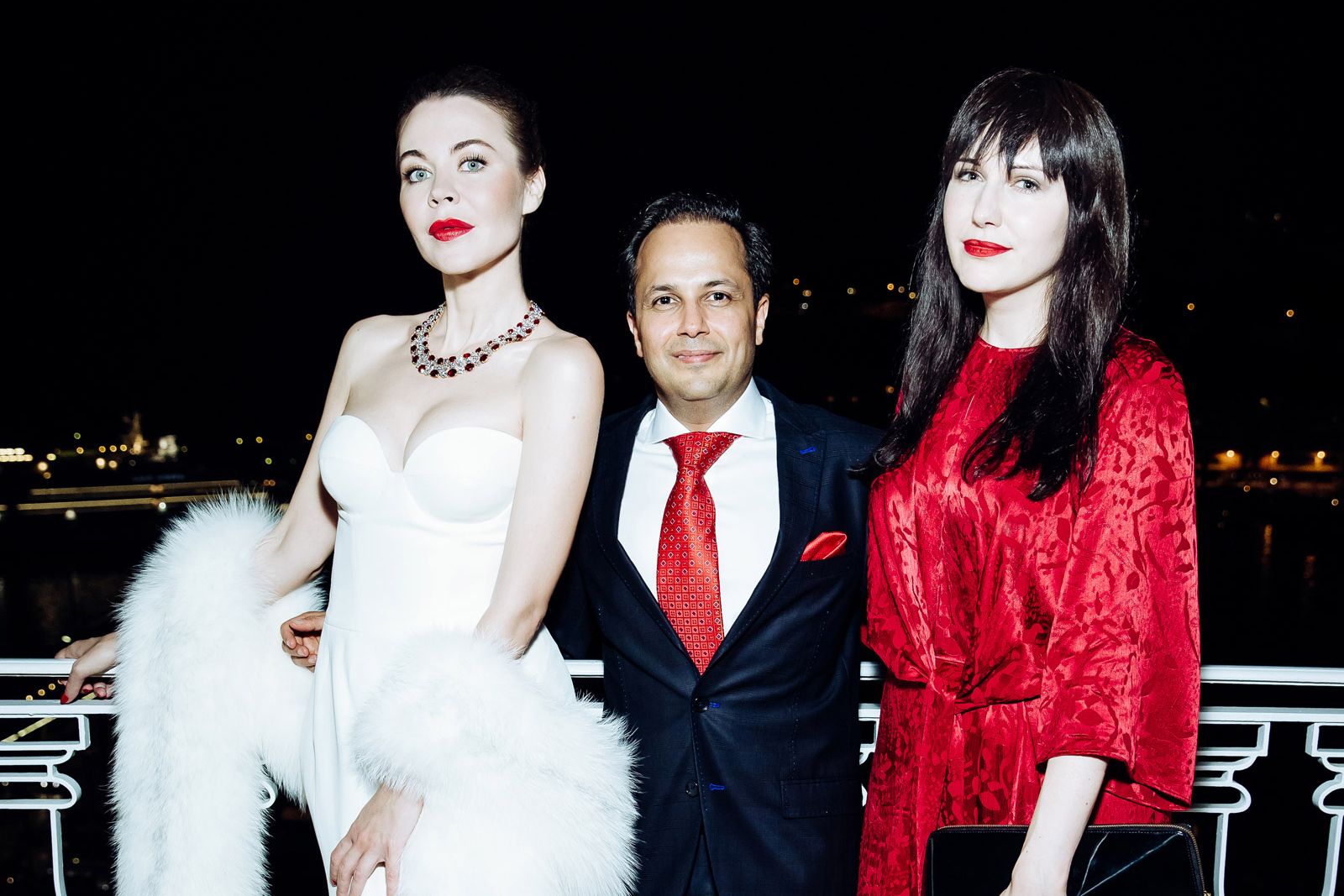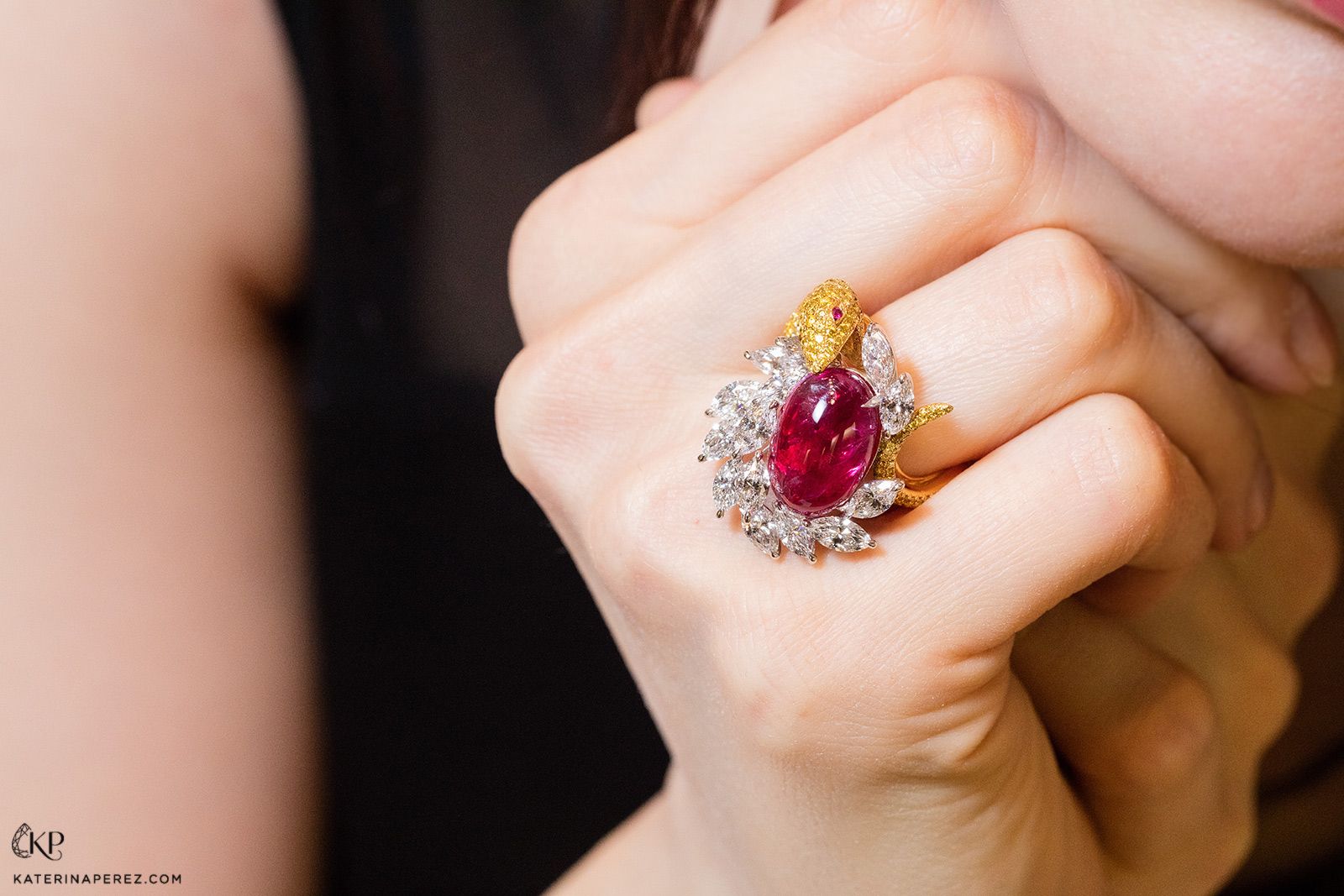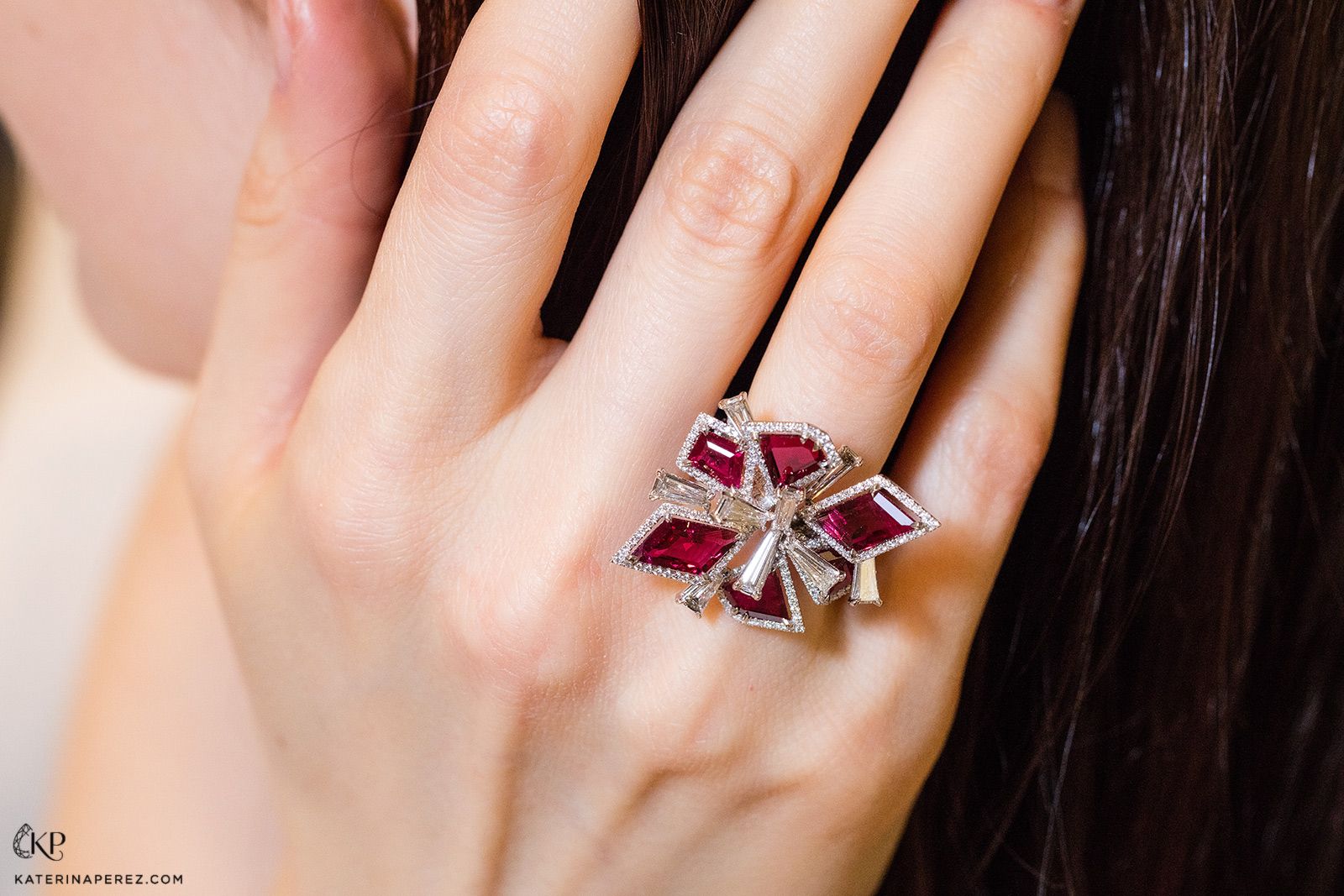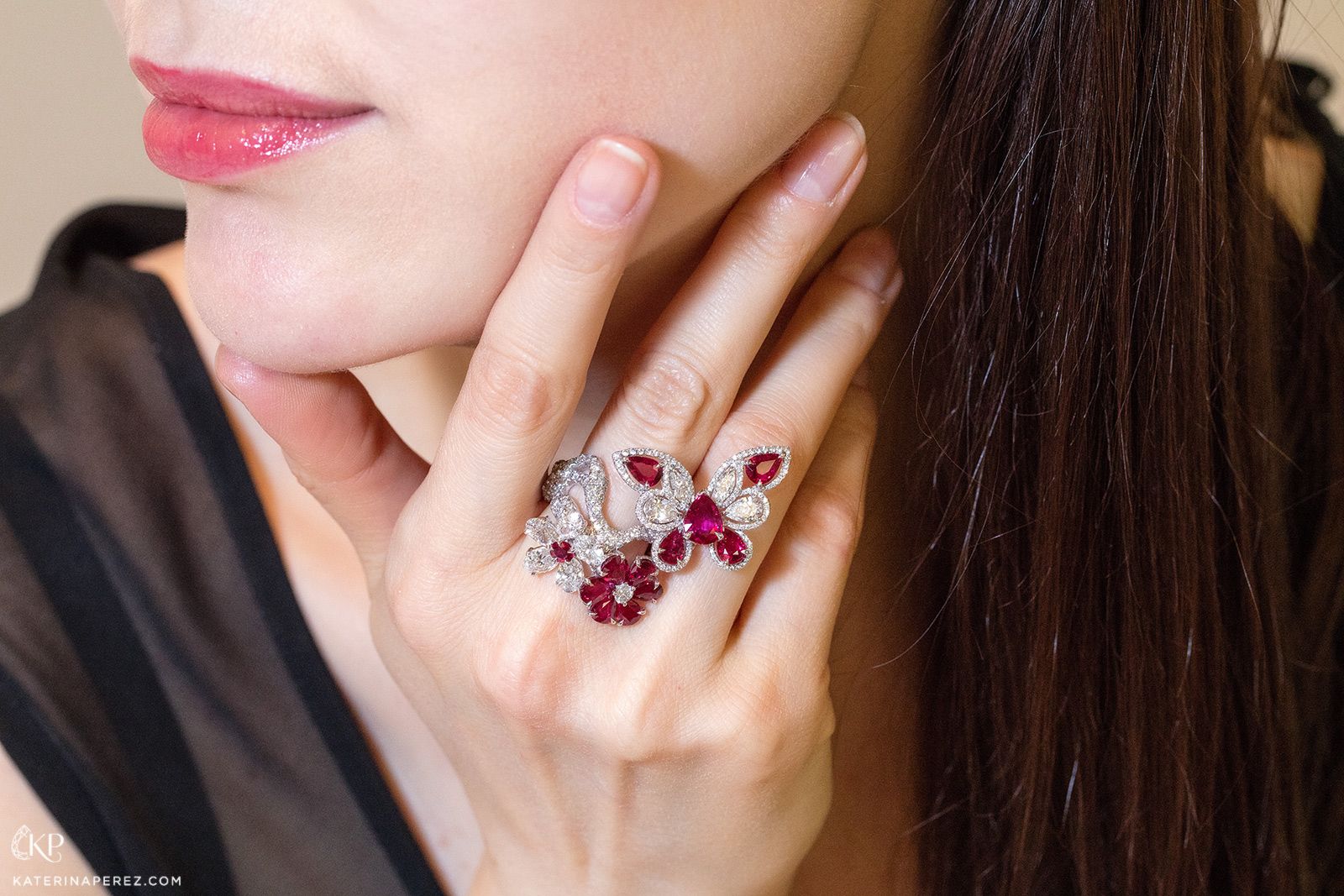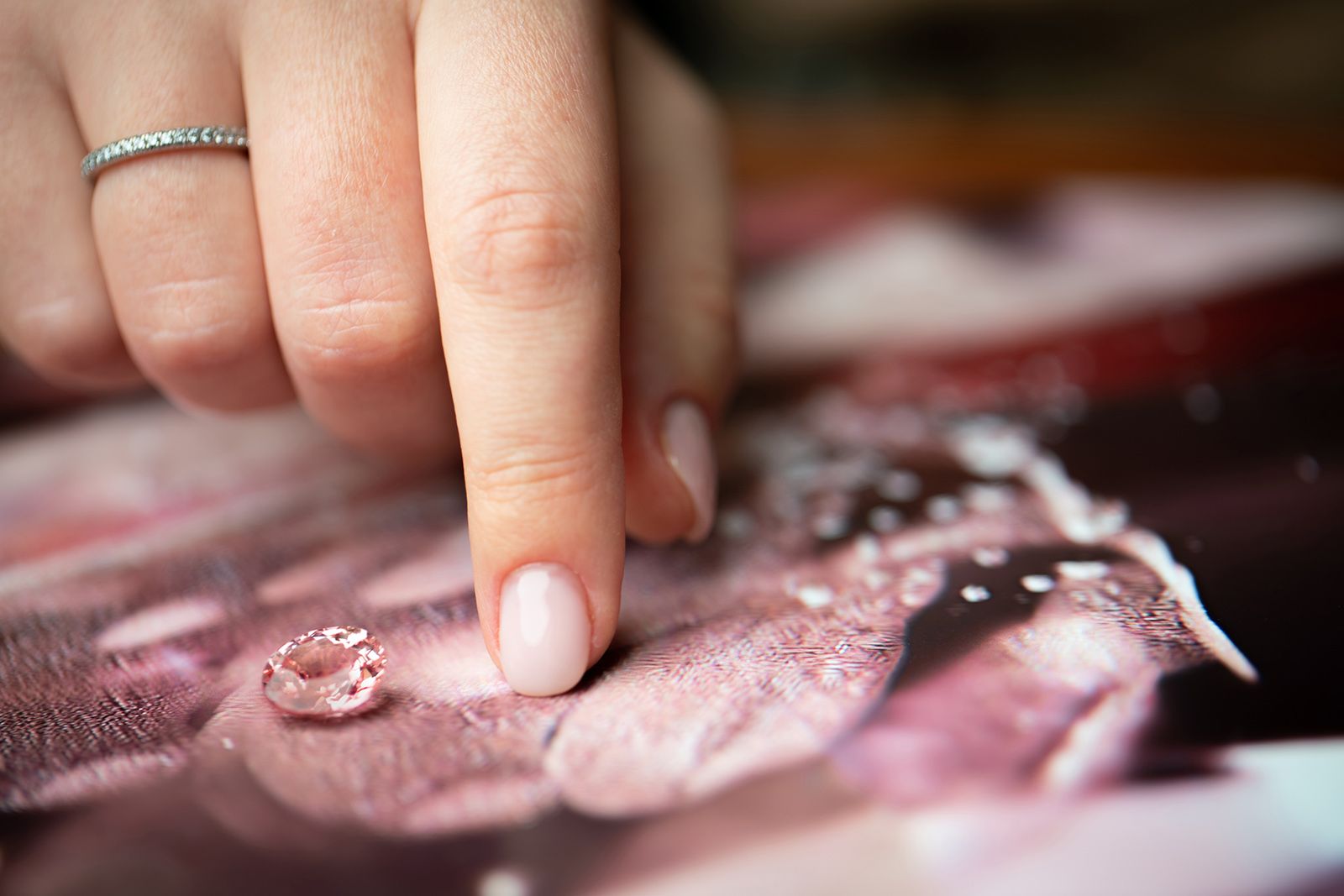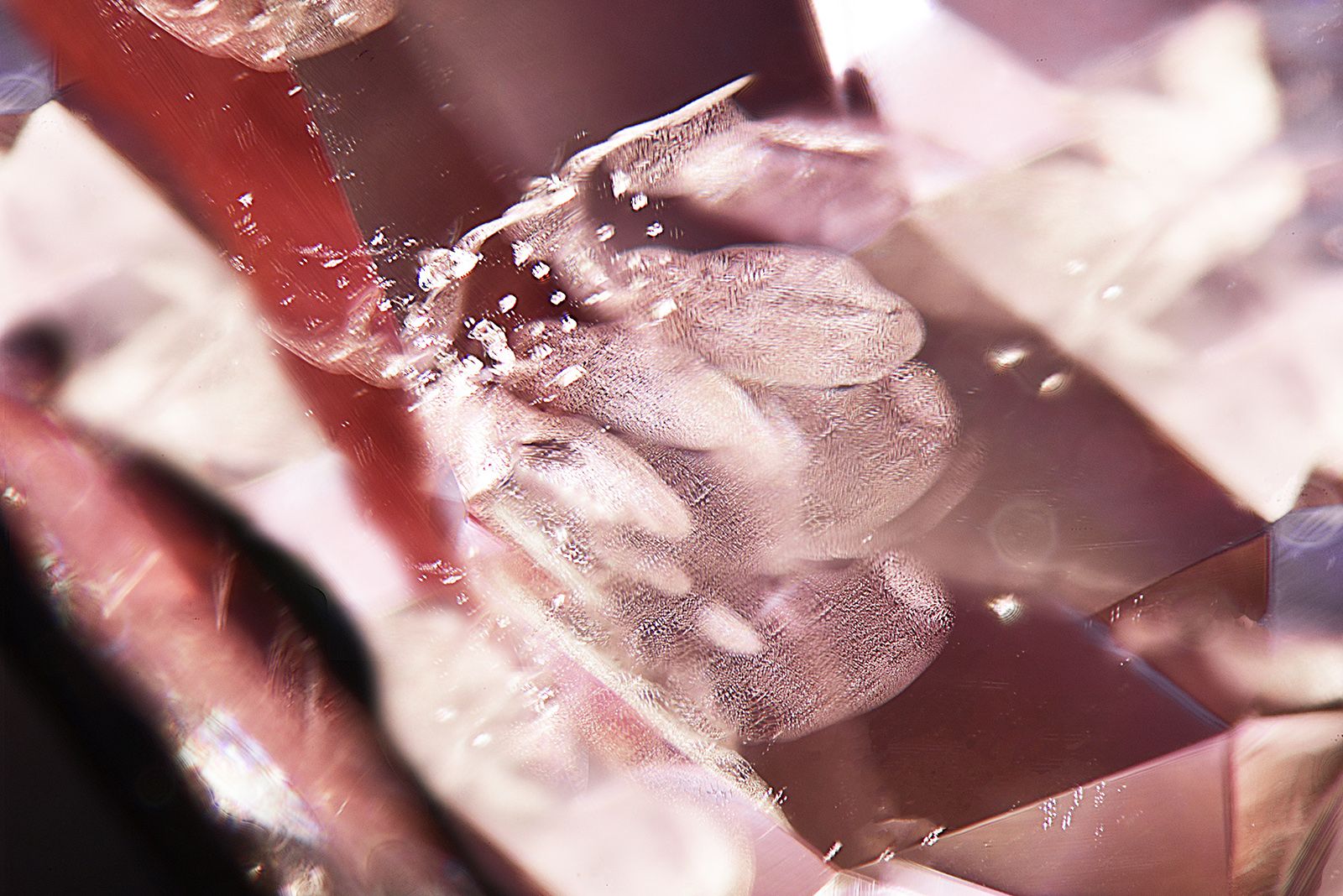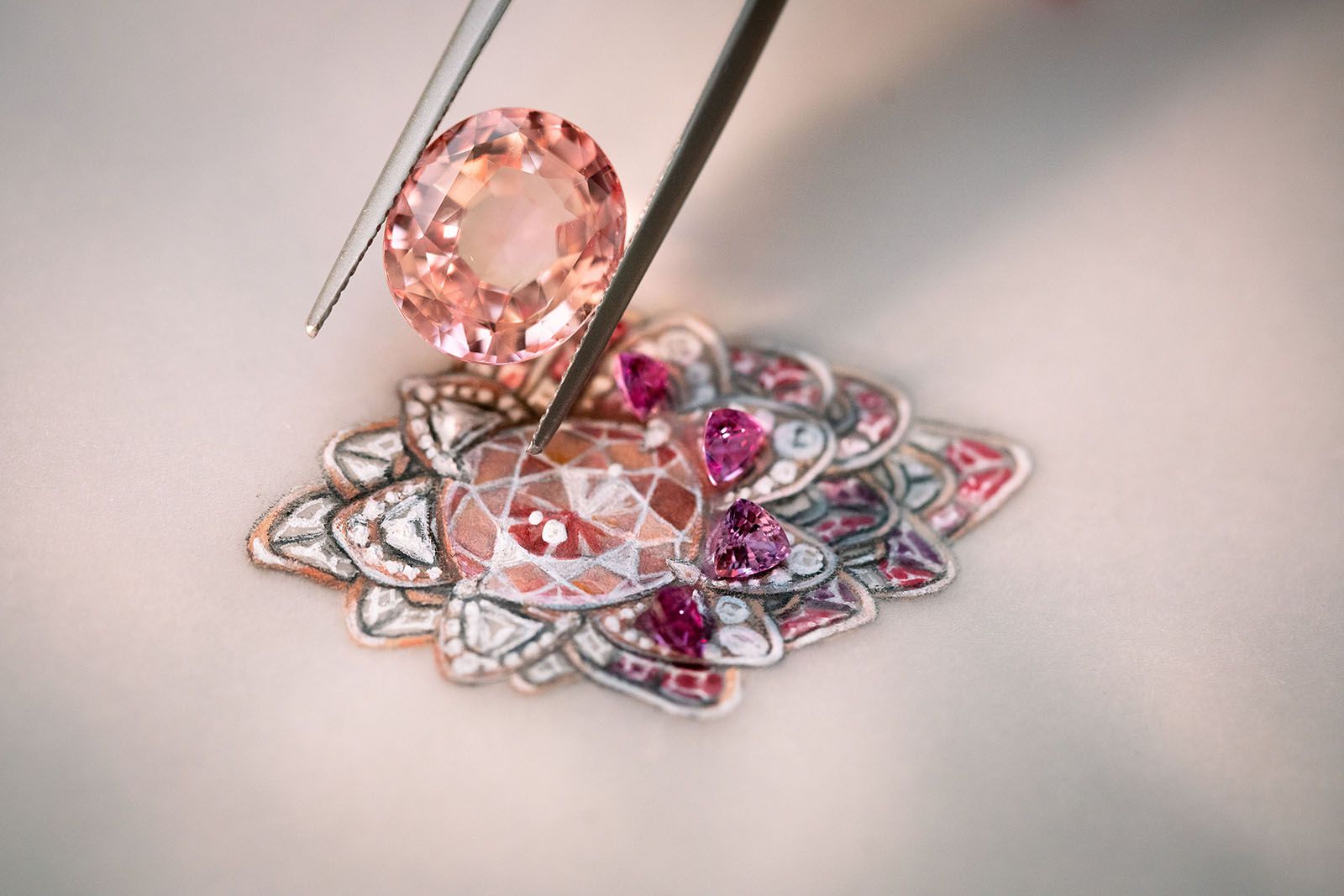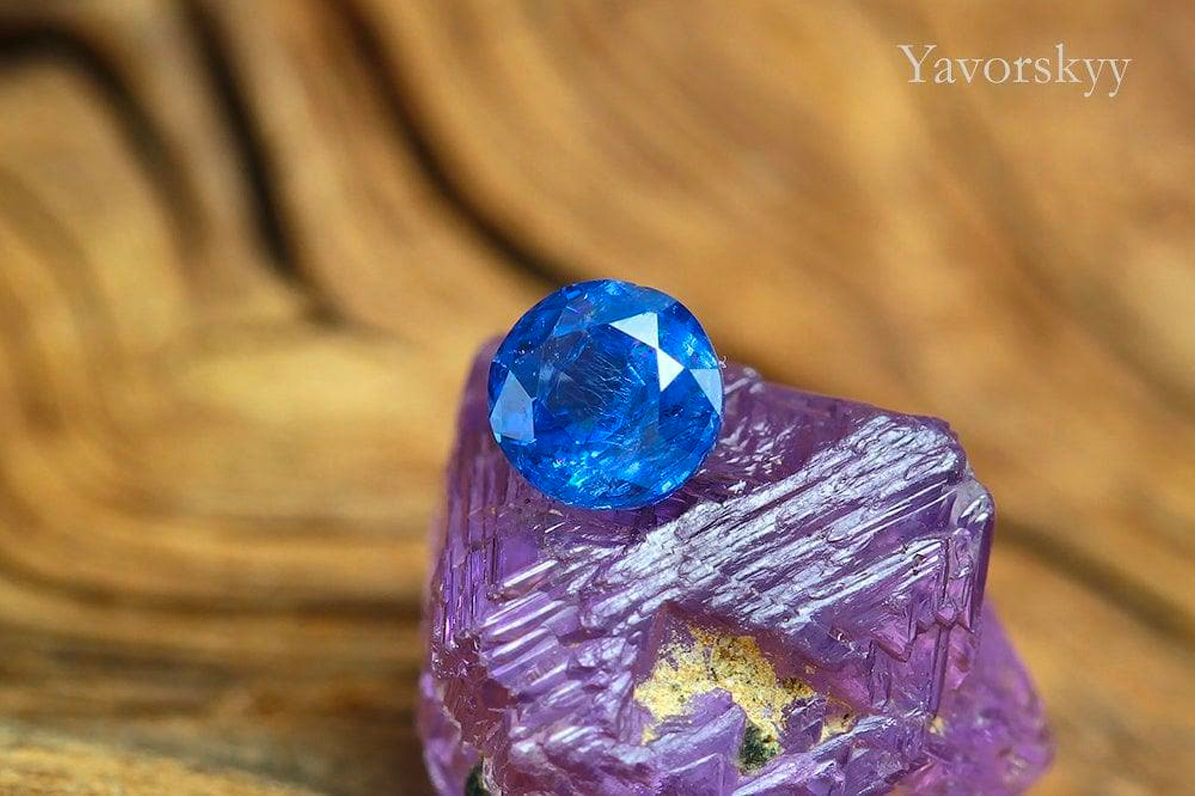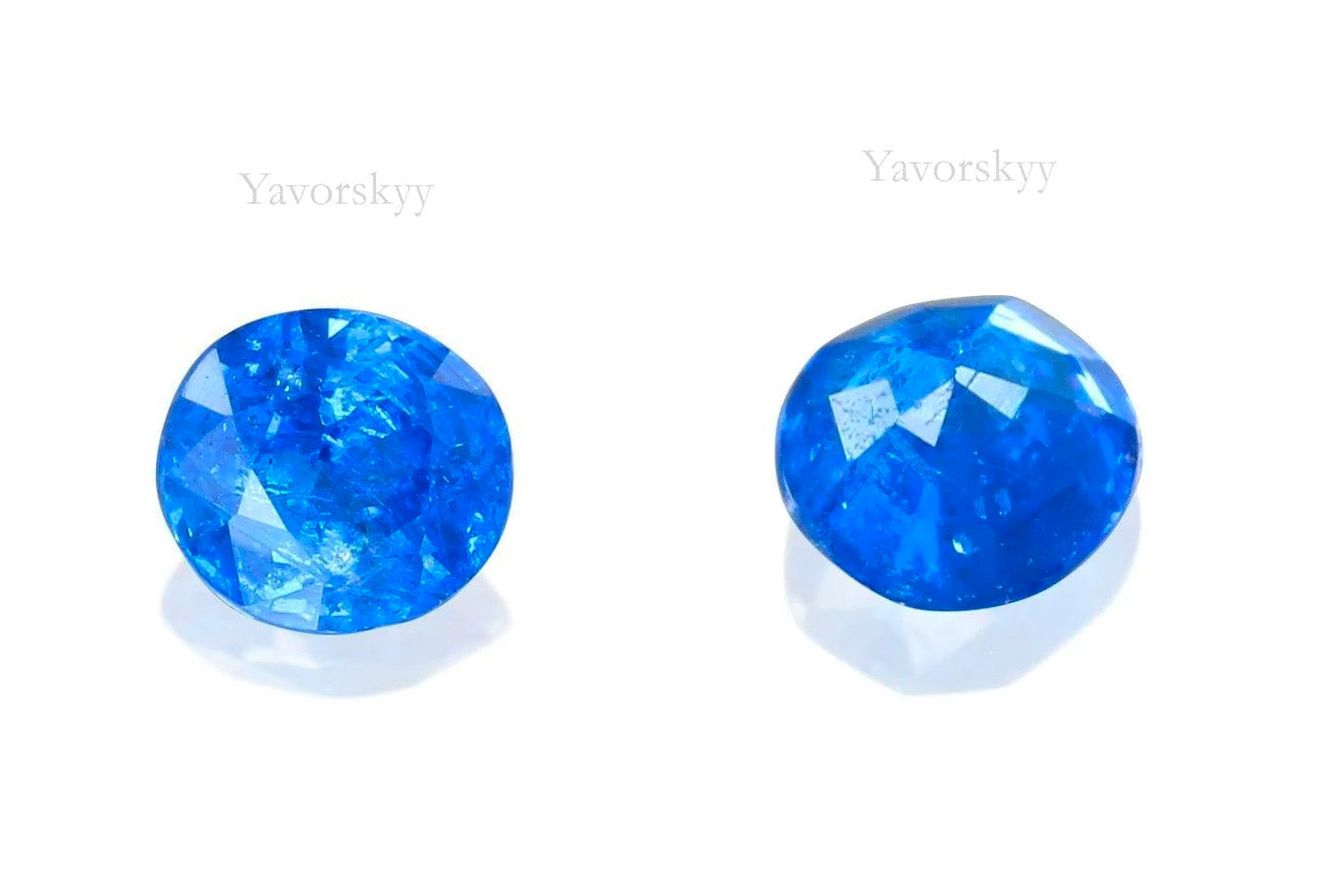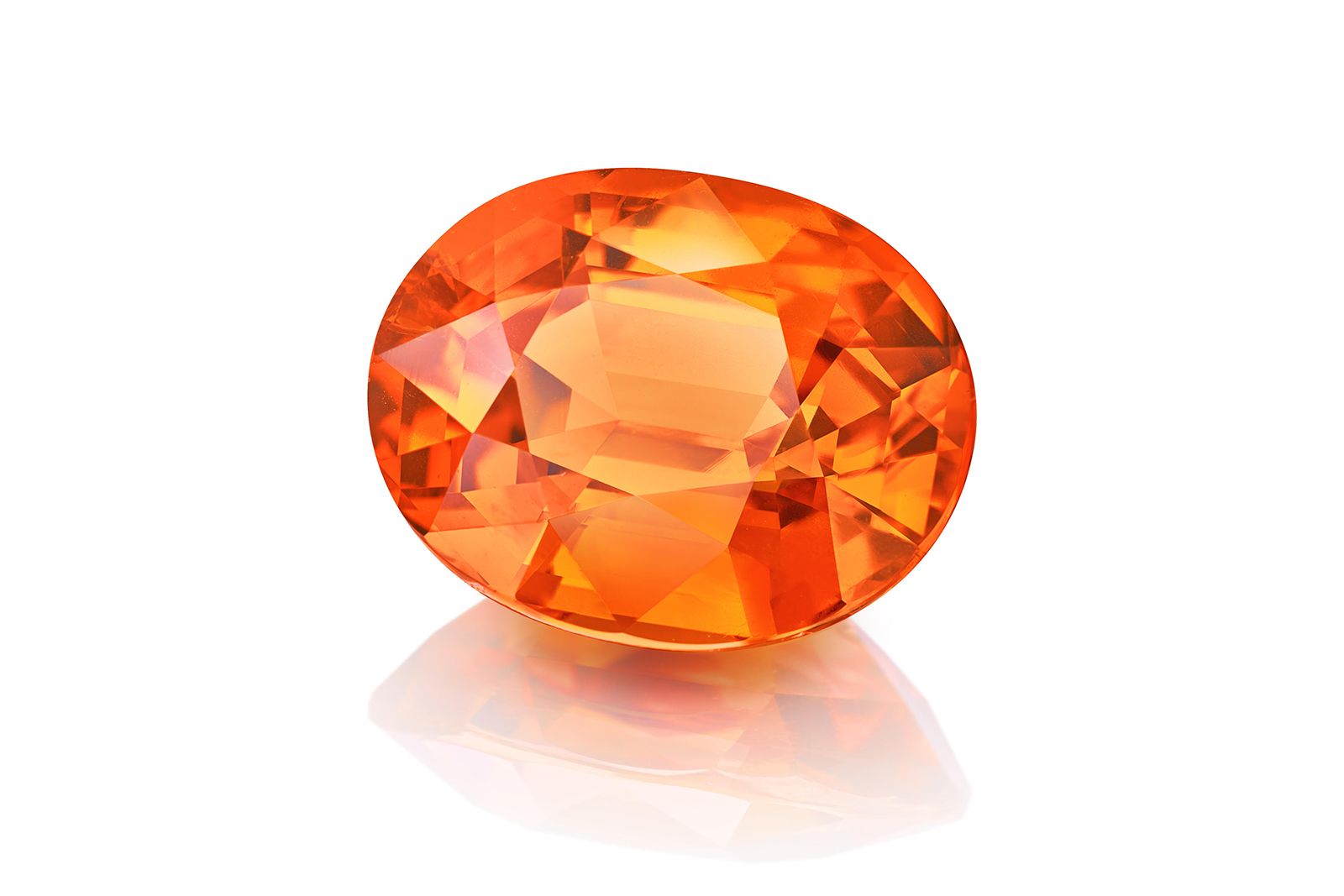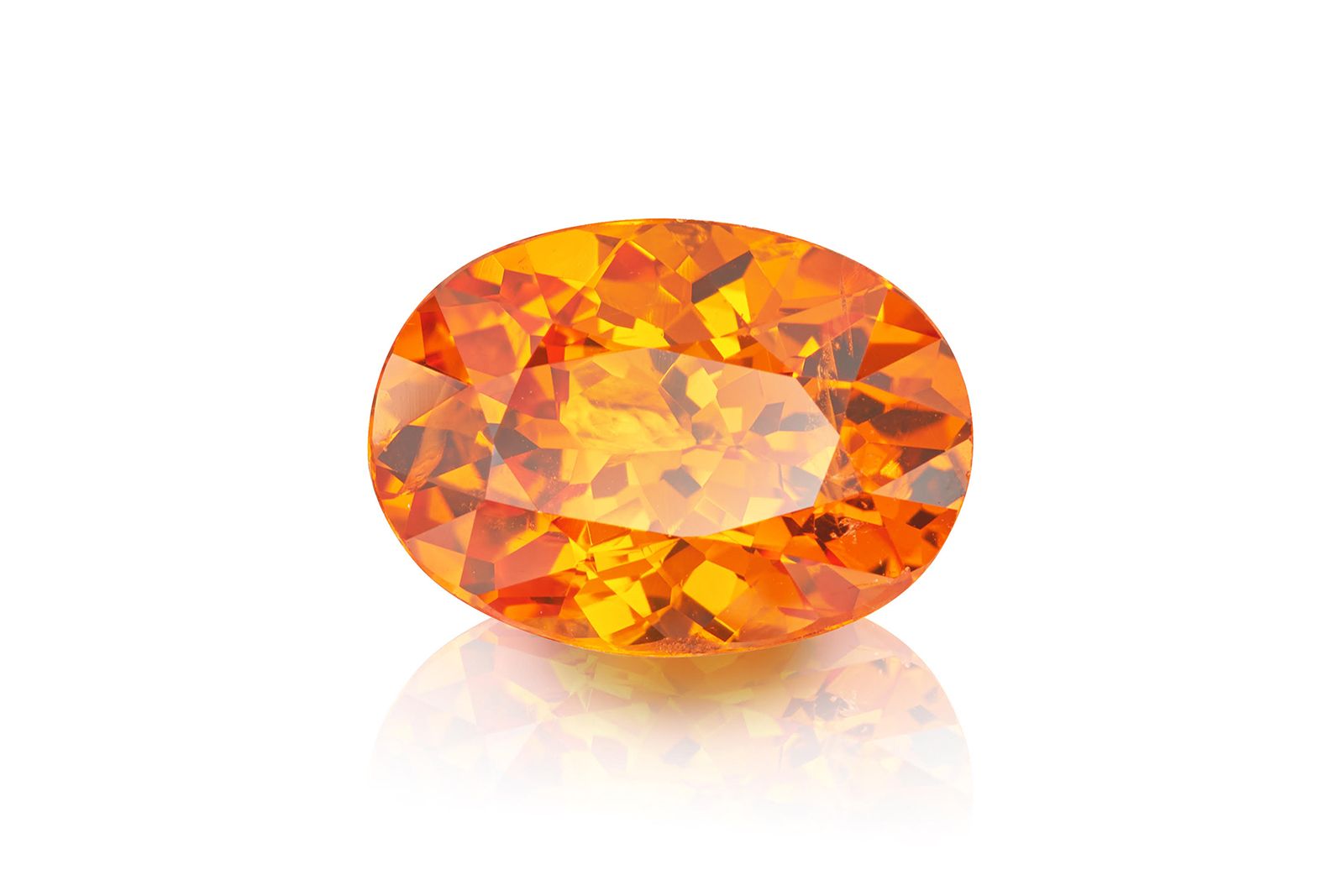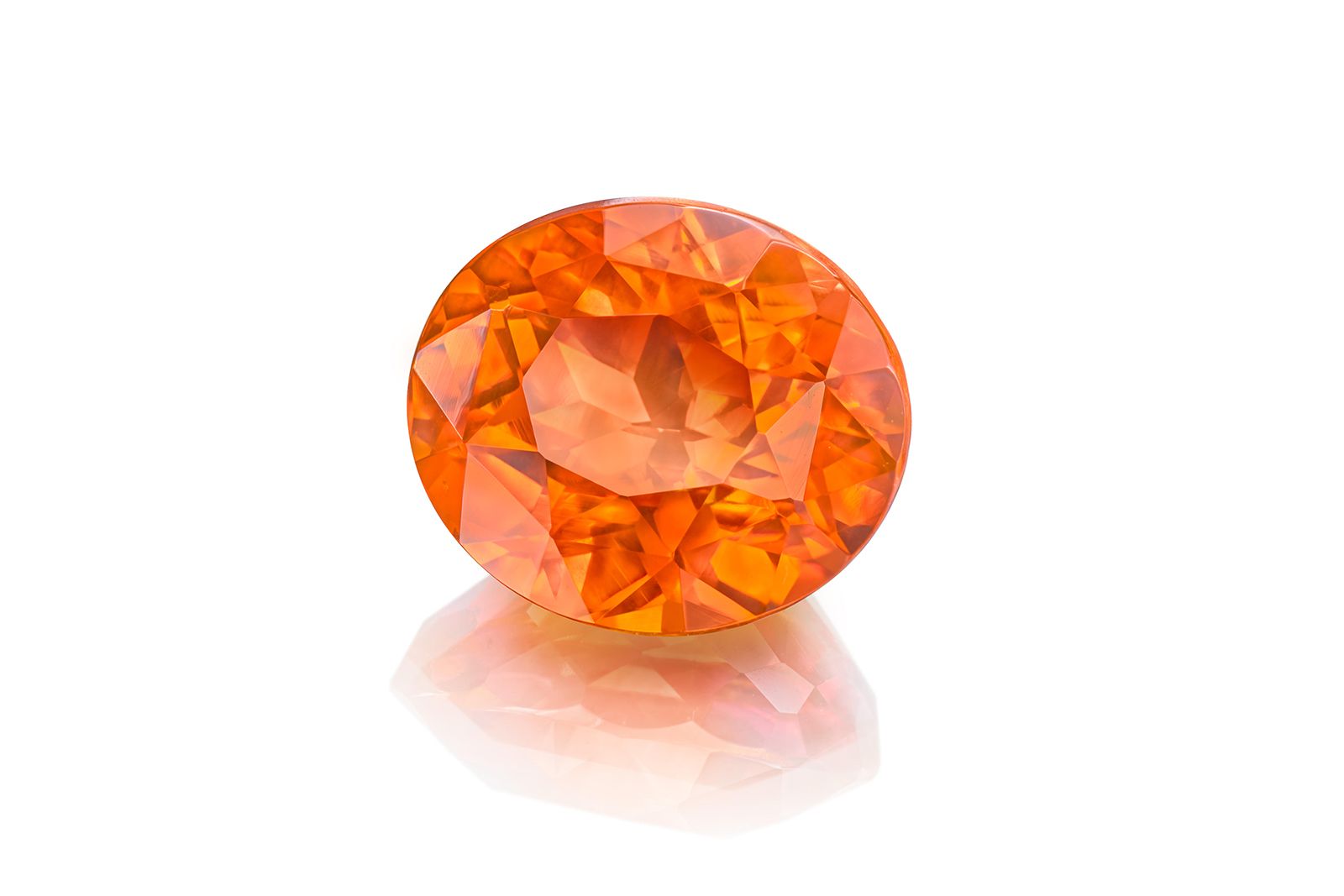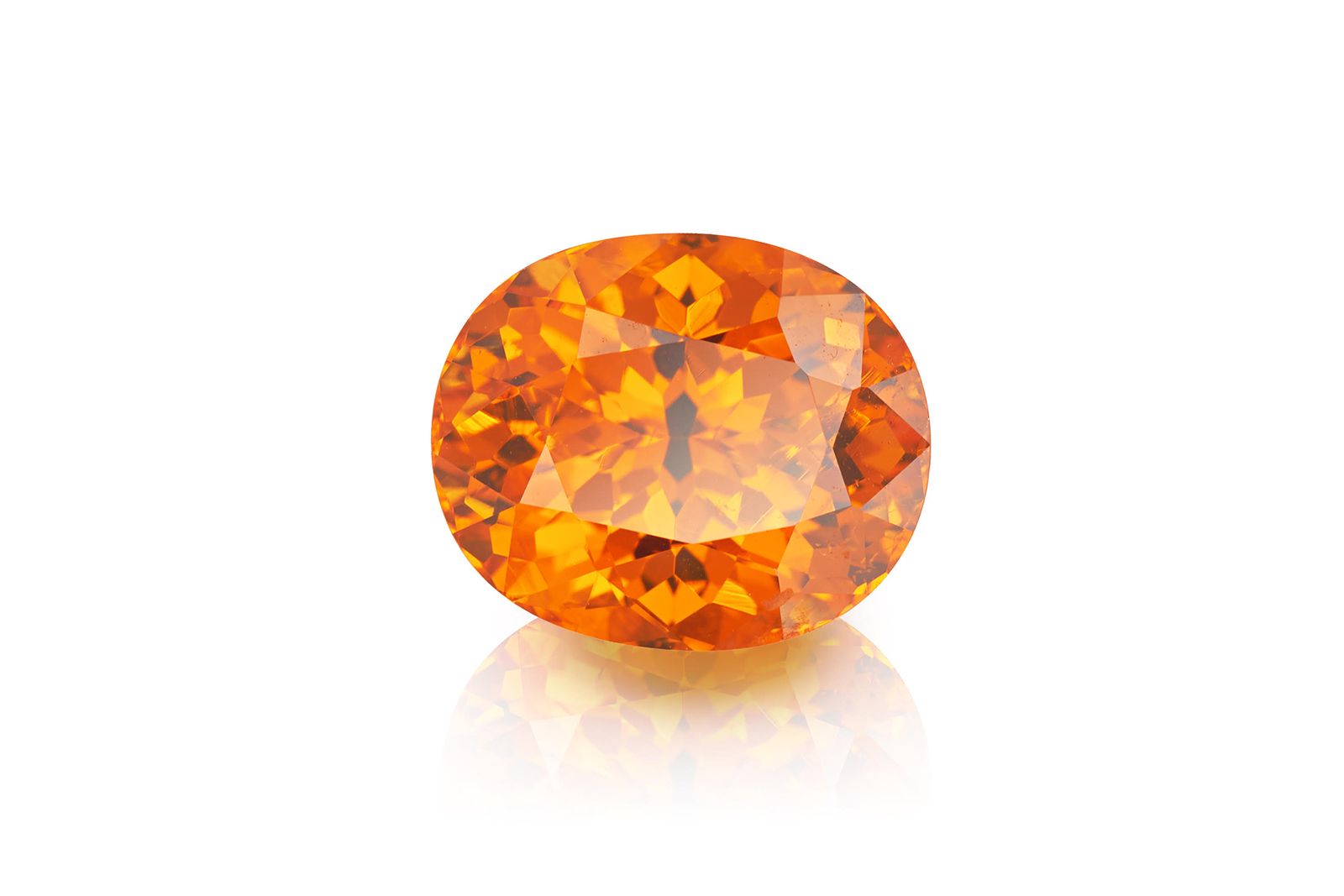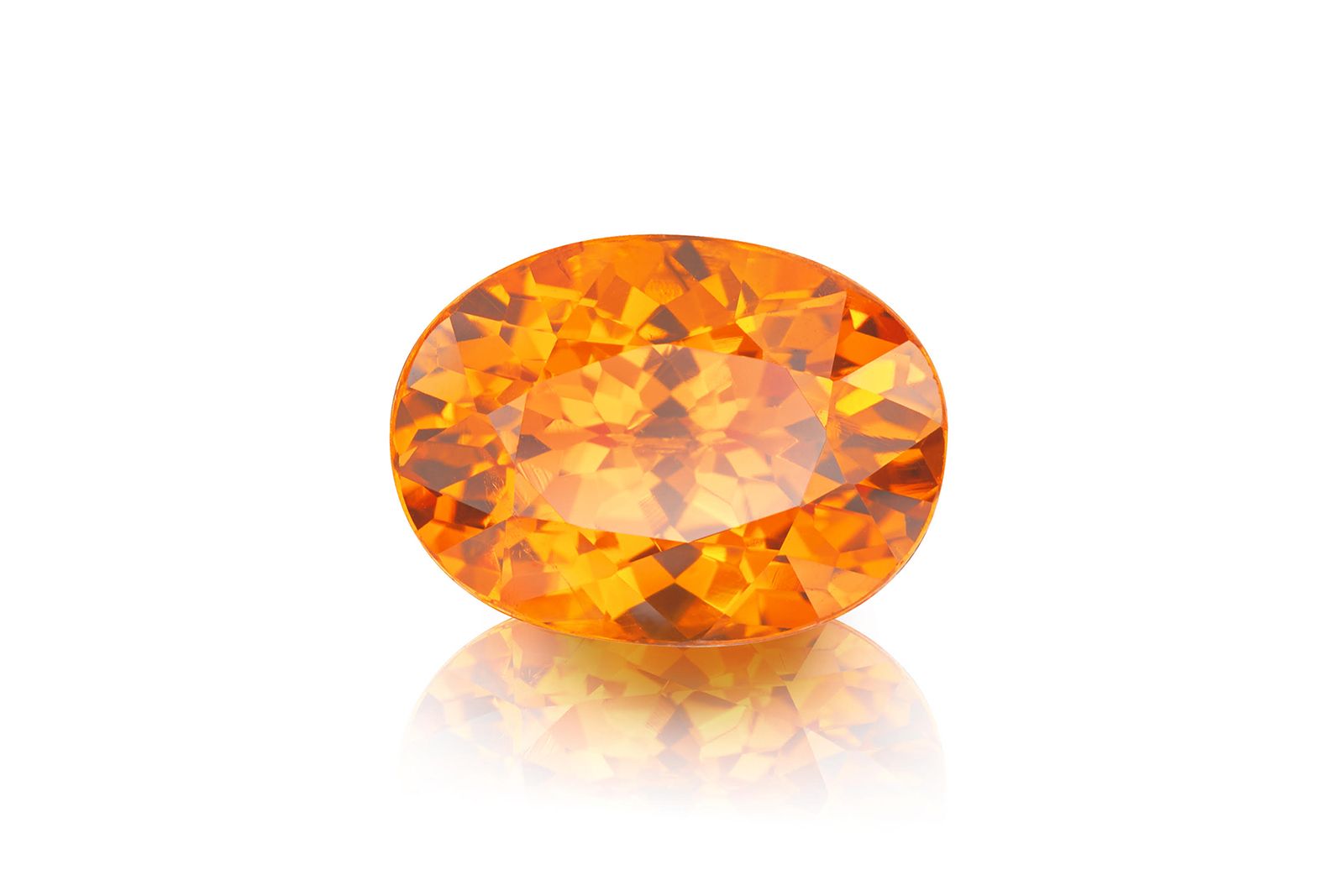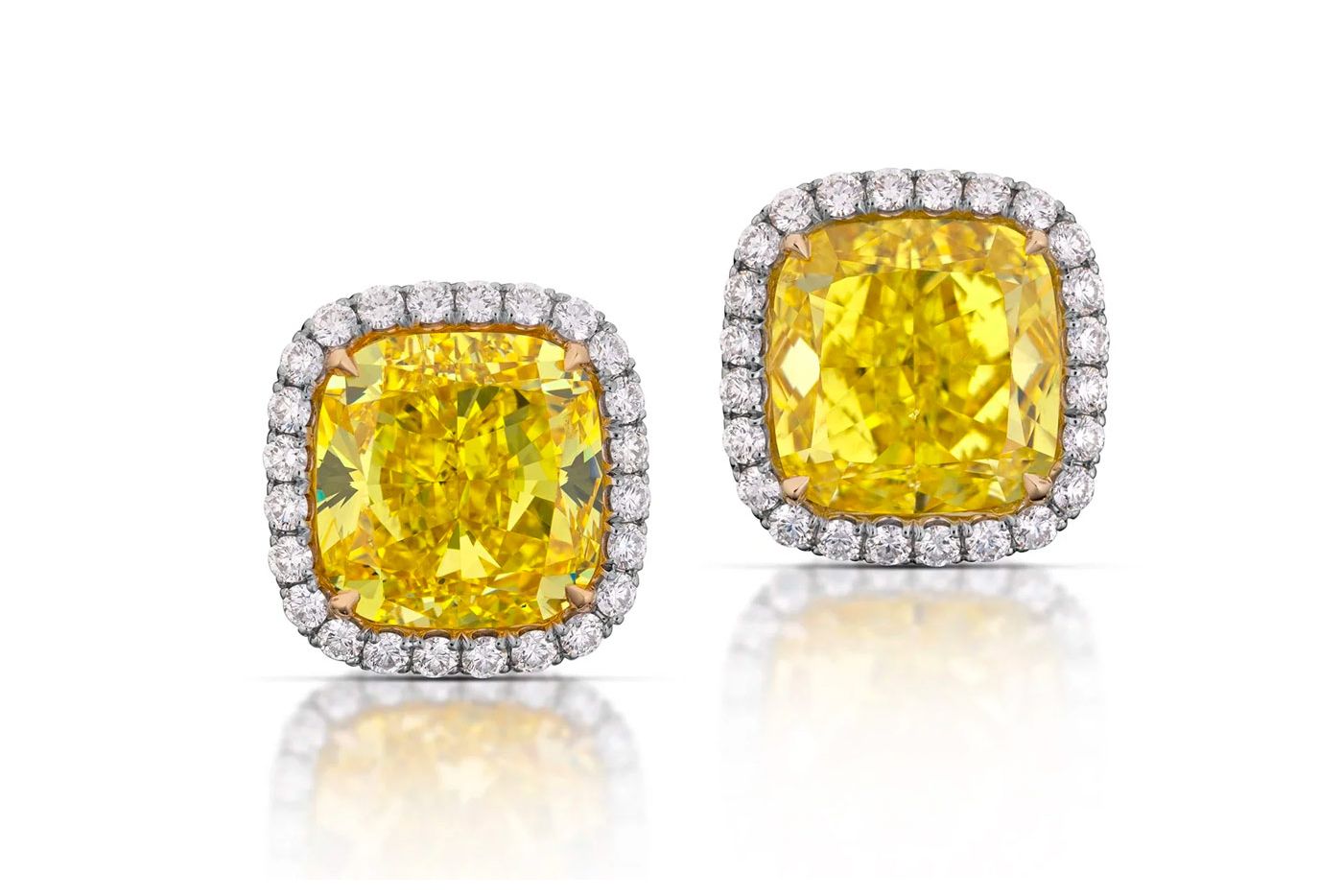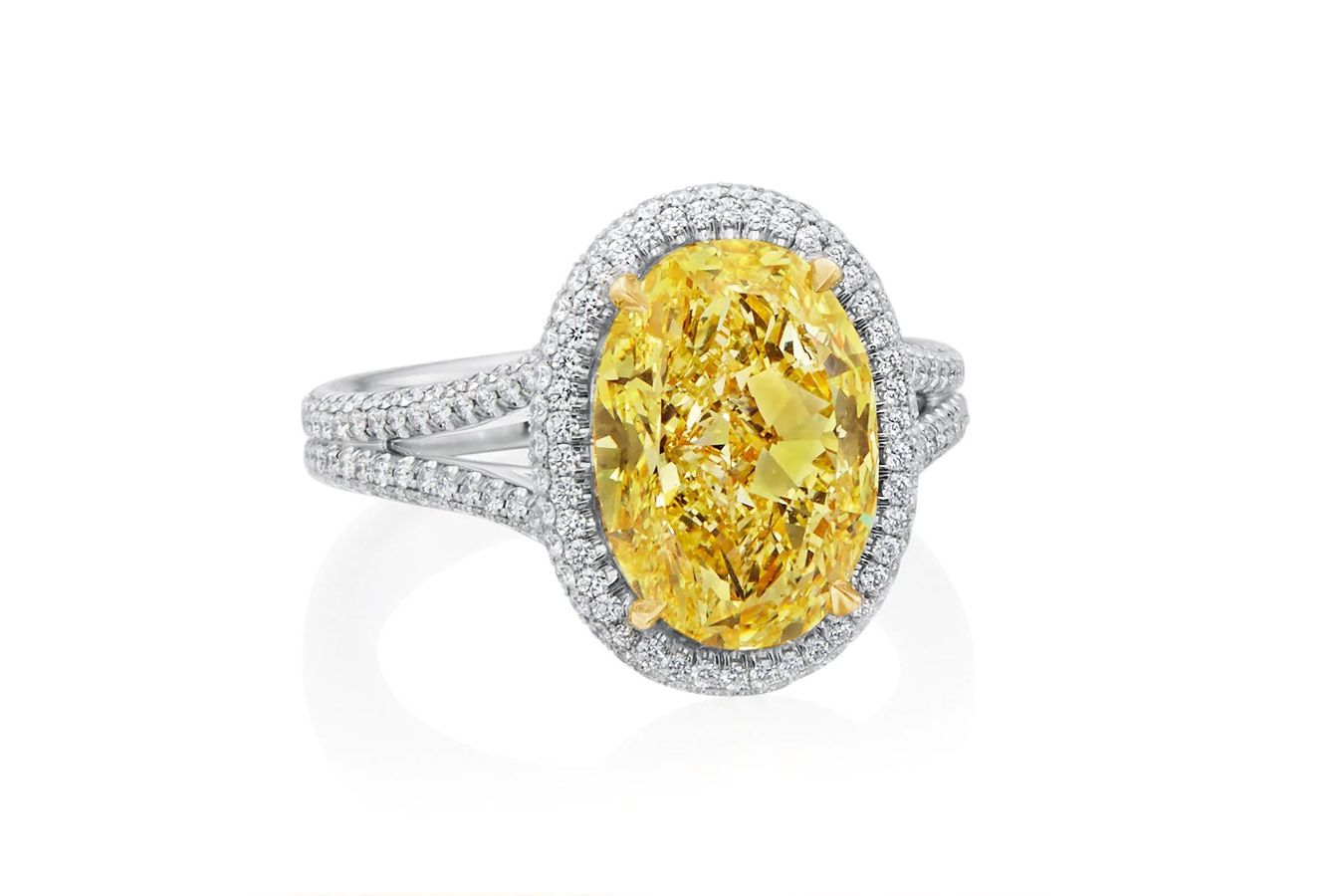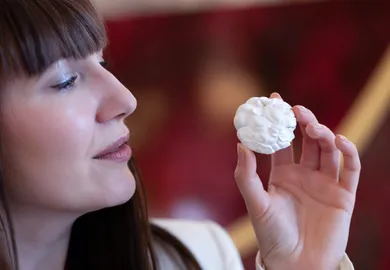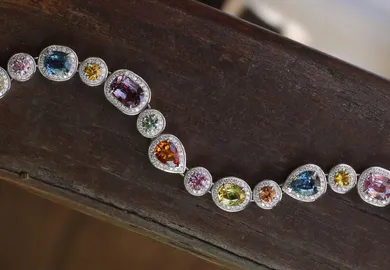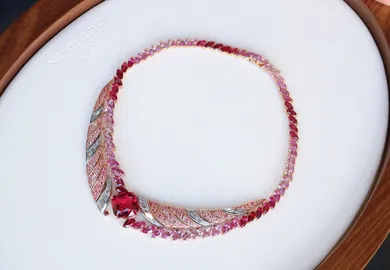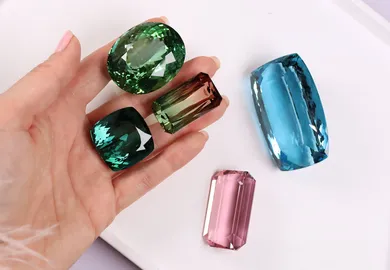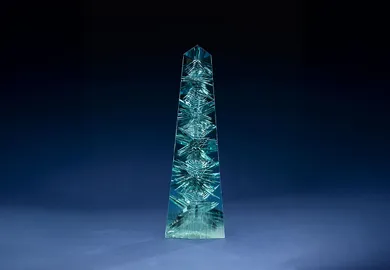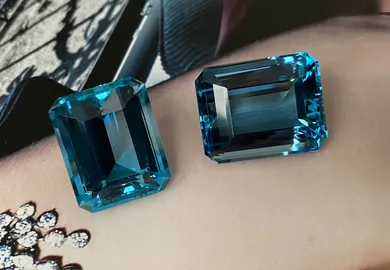
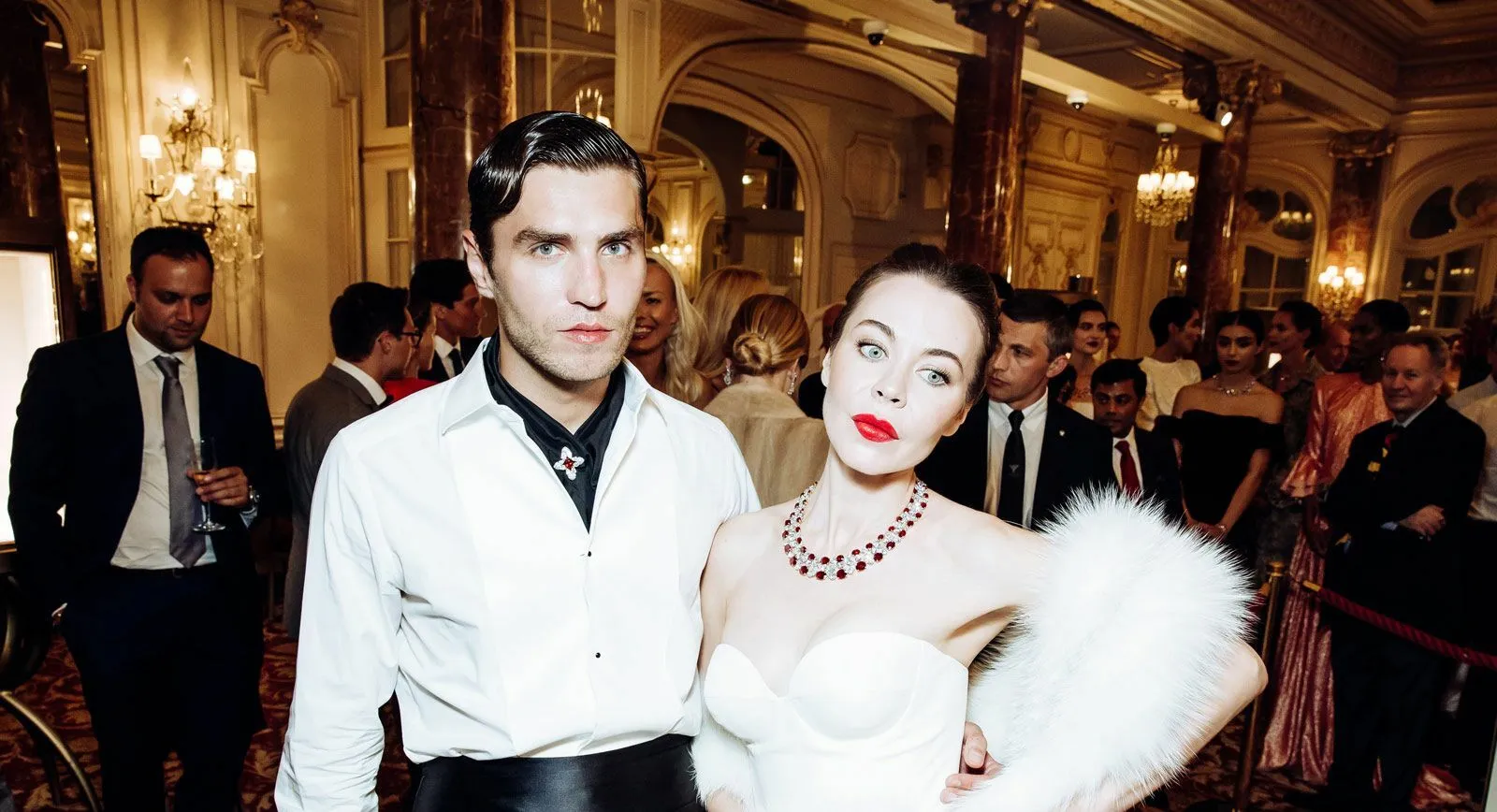
Universal Shades: A Guide to Gemstone Colours Part I
‘Pigeon’s Blood Red’. You’ve no doubt heard this phrase used when reading about rubies, but have you ever wondered why some gemstones come with these brand-like monikers and others don’t? Let me give you the answer right away… Typically, it’s all about defining a very particular shade of colour that’s most desirable. From blues to greens, the world of gemstones is full of branded colours to be aware of and here are some of the best examples…
Click here for Part II
Who has the power to ‘brand’ a gemstone? It’s a more difficult question to answer than you might think. Right now, it is history that has the most say over what becomes a ‘brand’ and what remains simply a descriptive term for a mineral shade. Also, dozens of years ago there were no colour grading systems, so choosing an expressive and universally understood name to describe the shade of a stone was key. Now, let’s discuss some of the more widely agreed upon monikers that are like the Rolls Royce, Porsche and Bentley of gemstones…
Pigeon's Blood Red
This term is used to describe the most valuable rubies – those that are highly saturated and especially those with natural red fluorescence that glow from the inside out. ‘Pigeon’s blood’ is typically used in conjunction with Burmese rubies from Mogok, but the term has also been applied to some exceptional rubies from Madagascar and Mozambique. The actual phrase itself is thought to date back to the early 1800s and is either linked to the blood of a freshly shot bird or the shade of red found in a pigeon’s eye.
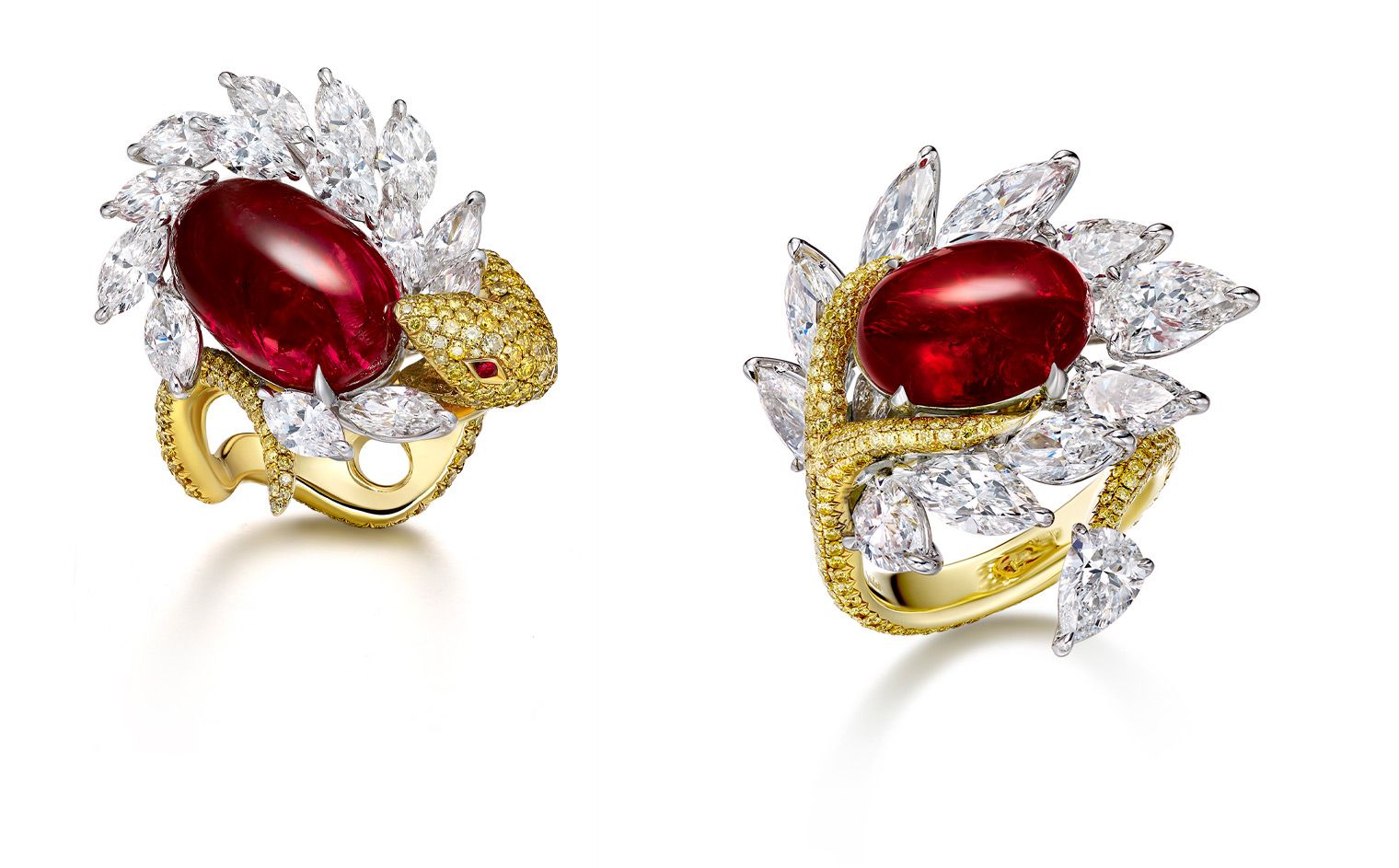
Faidee Burmese ‘Pigeon’s Blood’ ruby and diamonds ring with a snake-inspired design
When looking at colour, the classic ideal investment colour for ruby is ‘pigeon’s blood’. However, this deep red colour is exceptionally rare, so colours that are close to it are also acceptable as investment pieces. A stone that is close to pigeon’s blood, can also command high prices, perhaps only 5-10% less, presuming all other quality factors are equal. – Prakhar Lunia, ‘King of Burma Rubies’
And, as a side note, the designation of what is and isn’t pigeon’s blood can vary between grading laboratories. Why? Because they use different ‘master sets’ as benchmarks for comparing and contrasting colours. As you can see, this is a fascinating area of the gemstone world!
Padparadscha Sapphire
You may see this word preceding sapphires, especially those from Sri Lanka. It’s a brand name that originates from the Sri Lankan Singhalese word ‘padmaraga’, meaning lotus blossom, which has a pastel orange-pink colour. A true padparadscha sapphire is the perfect concoction of orange and pink; it’s a romantic, feminine colour that sits somewhere between morganite, imperial topaz and mandarin garnet as part of a wonderful colour story.
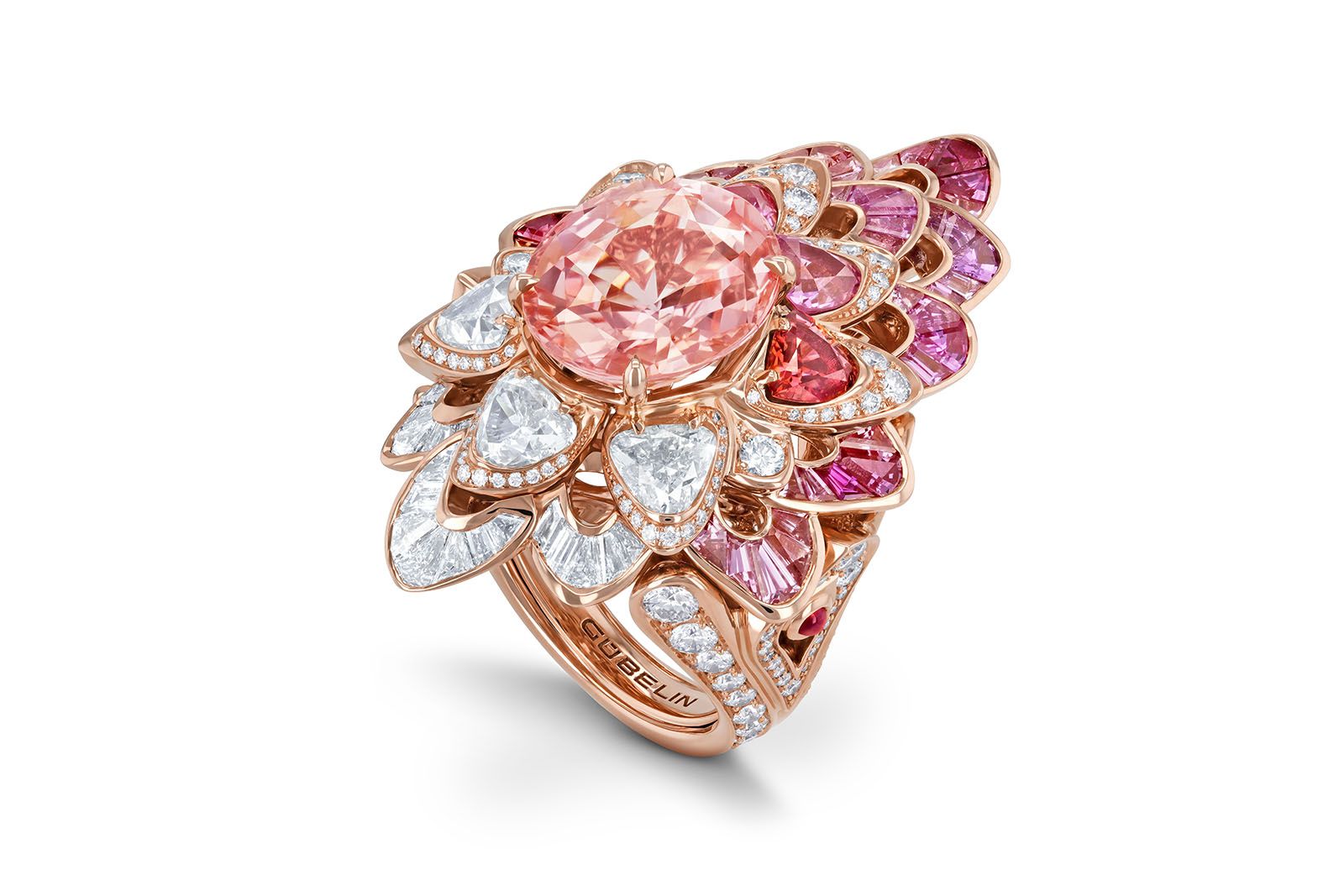
Gübelin Jewellery Flaming Grace cocktail ring with an oval-shaped Padparadscha sapphire from Sri Lanka
Padparadscha is one of the rarest sapphire varieties and a highly sought-after gemstone. To qualify as a padparadscha, the sapphire must feature a combination of both pink and orange hues in a low to medium saturation. It is the delicate mix of colours that makes it so rare, caused by trace elements (like chromium or iron) as well as a specific crystal characteristic, called colour centre. It is very seldom that these phenomena occur in nature together. The price difference between a pink or orange sapphire and a padparadscha is significant. Therefore, you should always ask for a report from reputable gem lab to make sure that you buy a real padparadscha matching strict definitions. – Raphael Gübelin, President of the House of Gübelin
Cobalt Blue Spinel
Here’s an interesting fact… a ‘Cobalt Blue’ spinel doesn’t have to contain the element cobalt to deserve the name. It’s the vivid blue colour that’s most prized by gemstone collectors and not the specific colouring agent, so the term ‘Cobalt blue’ is simply a branded colour. Many of the finest cobalt blue spinels have emerged from the Luc Yen mine in Vietnam and they have a bright, glowing hue that you can spot from many metres away.
This spectacular fine blue mineral was only discovered in the beginning of 2000s, and it made spinel gemstone one of the most expensive stones on the planet. Among many blue spinels from all origins, it is only Vietnam that produces this unique colour: electrifying, neon, hypnotic and exclusive to one location on the globe. Only this perfect ‘Windex’ blue colour earns such high praise; any well-cut gem above one carat and especially two carats is collectible and exclusive. – Samanta Yavorskyy of IVY New York
Mandarin Garnet
Spessartite garnets with a rare orange hue are often called by their branded name among gemstone collectors and jewellers, ‘Mandarin’ garnet. They are a relatively new discovery from a commercial perspective, entering the market in the 1990s from mines in Namibia and later Nigeria. It has never been explicitly stated, but the name is almost certainly based on a mandarin orange as simply a way to illustrate the intensity of the colour.
I was one of the very first dealers to trade Mandarin garnets. They were juicy orange in colour like the fruit. As regular spessartine garnet is a rather boring brownish-yellow gem, so these new beauties deserved their own name. Names are sometimes given by the particular location (like Paraiba for tourmaline) or the country (like tanzanite for Tanzania) or to honour a scientist (like Kunzite for George Frederick Kunz), so after some discussions, Mandarin – the orange fruit – seemed to be the best name to communicate the arrival of this new gem. – Gem Dealer Constantin Wild
Canary Yellow
Finally, we must mention diamonds! In the 1950s, the Gemological Institute of America launched its first coloured diamond grading system to cover yellow stones falling outside the normal colourless to light yellow (D-to-Z) colour range. It wasn’t until 1994 that the Institute published its expanded colour grading system, including terms like ‘Fancy Deep’ and ‘Fancy Vivid’ that we know today. Now, imagine not having this system in place and trying to describe a pure shade of lemon yellow… that’s how the term ‘Canary Yellow’ emerged.

Stephen Silver drop earrings with canary yellow diamonds
The name ‘canary’ came from the colour of bird feathers. It was an expression that emerged from nature to ‘trigger’ in people [an understanding of] what that colour was. Importantly, a canary yellow diamond is a pure yellow with no undertones of brown, orange or green. Silver adds: Yellow in diamonds is caused by nitrogen. When there are other impurities in the carbon lattice this causes secondary colours. It is very rare to get [just this] nitrogen element in the carbon lattice to create a pure yellow. Even though there are lots of yellow diamonds, this is very unusual. – Jeweller, Gemmologist and Diamond Dealer, Stephen Silver
Falling in love with a particular gemstone shade is entirely subjective, which is one of the best things about these amazing natural treasures. But there’s nothing wrong with looking out for these branding catchphrases when you are shopping for your next jewellery piece. After all, they emerged onto the market for an important reason – to signify some of the most desirable and valuable colours in each class of minerals. It’s a launchpad to find whatever speaks to you, in whatever shade you adore.
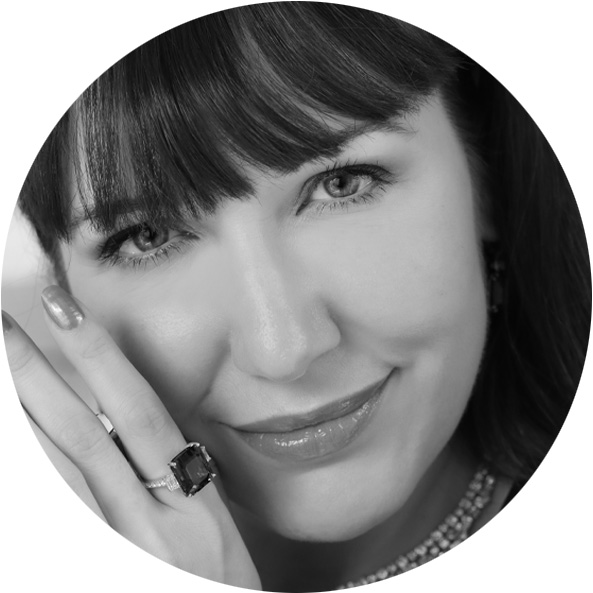
WORDS
Katerina Perez is a jewellery insider, journalist and brand consultant with more than 15 years’ experience in the jewellery sector. Paris-based, Katerina has worked as a freelance journalist and content editor since 2011, writing articles for international publications. To share her jewellery knowledge and expertise, Katerina founded this website and launched her @katerina_perez Instagram in 2013.
